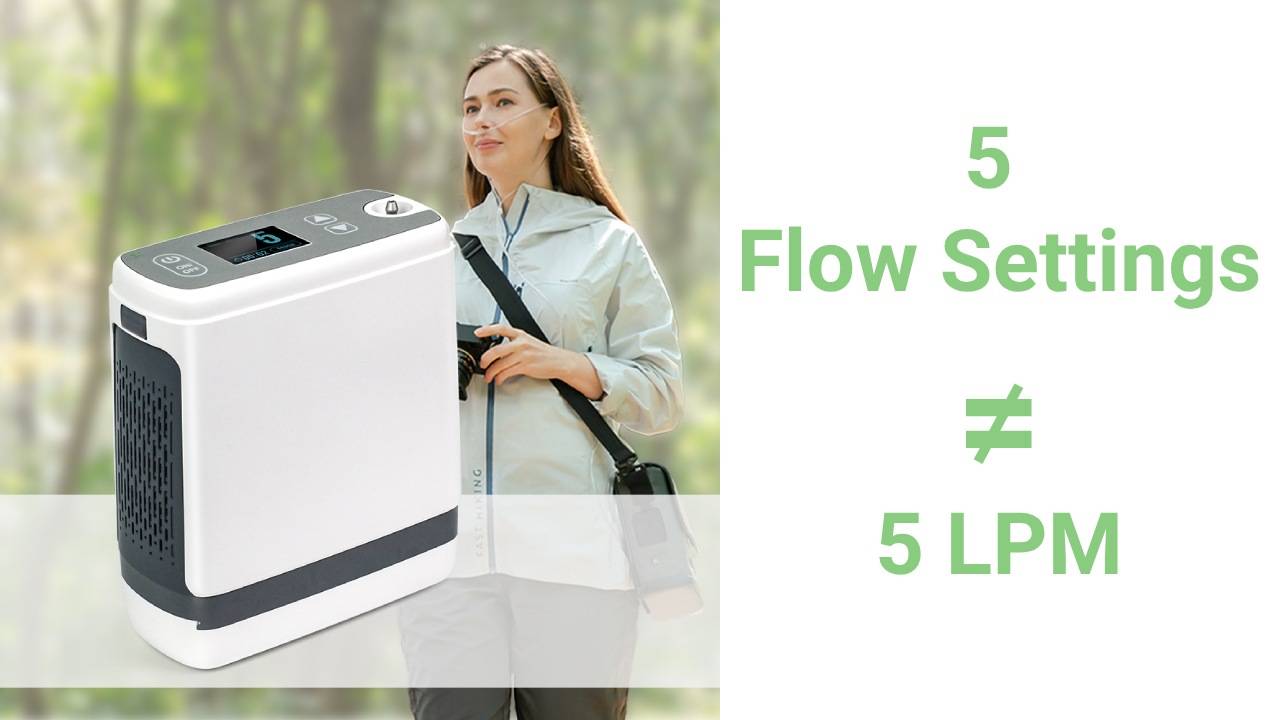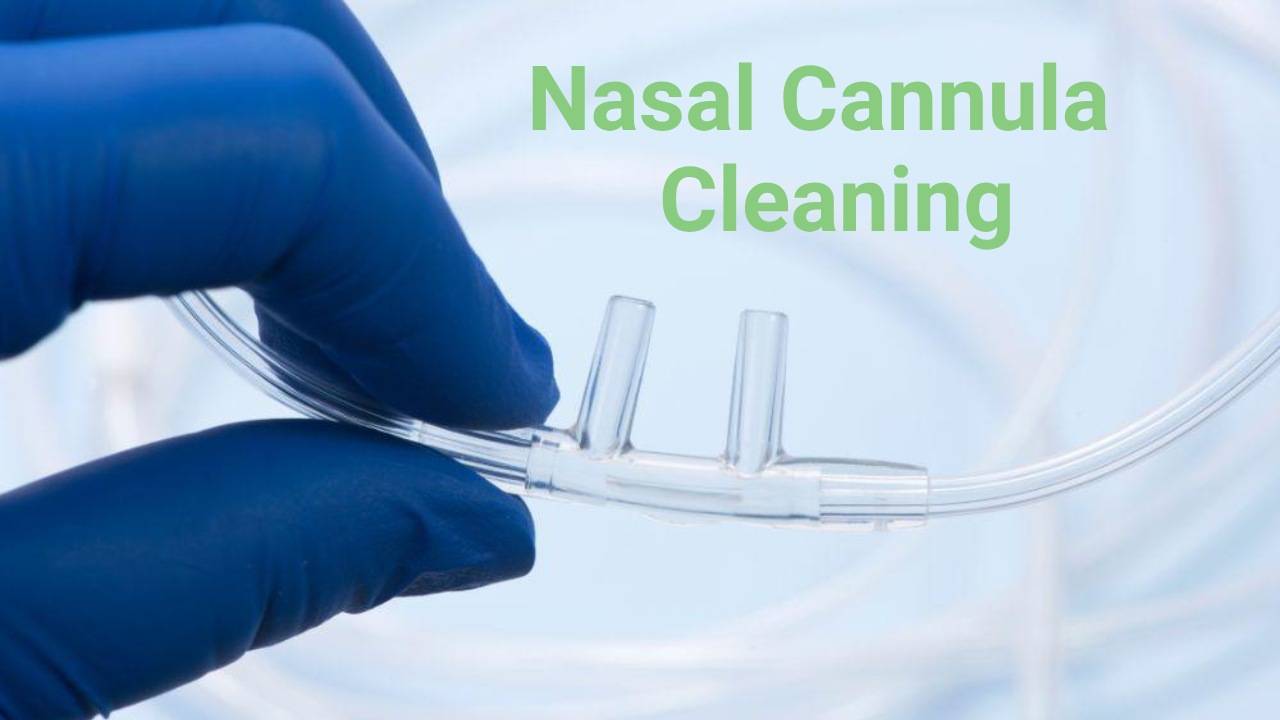How to Identify Medical-Grade Portable Oxygen Concentrators
How to Identify Medical Portable Oxygen Concentrator
While many portable oxygen concentrators are designed for medical use, some are meant for healthy people to use on plateaus or recreational activities like mountain climbing. These "non-medical" concentrators can be dangerous if used for long-term oxygen therapy.
Risk of Non-Medical Grade Oxygen Concentrator
- Insufficient oxygen: Can lead to chronic hypoxia and faster disease progression.
- No safety features: Lack of alarms and liability can lead to dangerous situations.
- Misdiagnosis: Doctors may prescribe inappropriate treatment if they are unaware of the device's limitations.
In essence, it's crucial to invest in a medical-grade oxygen concentrator to ensure safe and effective oxygen therapy. Before knowing how to identify medical-grade oxygen concentrator, you have to know the key difference between medical and non-medical concentrators.
Key Points: Oxygen Concentration
- Medical-grade concentrators: typically produce oxygen with a purity of 90% or higher at all flow rates.
- Non-medical concentrators: may only reach 90% at low flow rates. As you increase the flow, the oxygen concentration drops significantly.


How to Choose Medical-Grade Portable Oxygen Concentrator
- Prioritize oxygen concentration: Ensure the device can maintain 90% or higher oxygen concentration at all flow rates.
- Look for safety features: Look for devices with alarms and other safety features.
- Avoid recreational devices: Be wary of low prices. If a concentrator seems too good to be true, it probably is.


